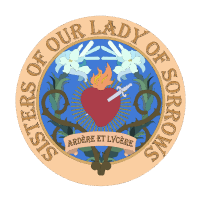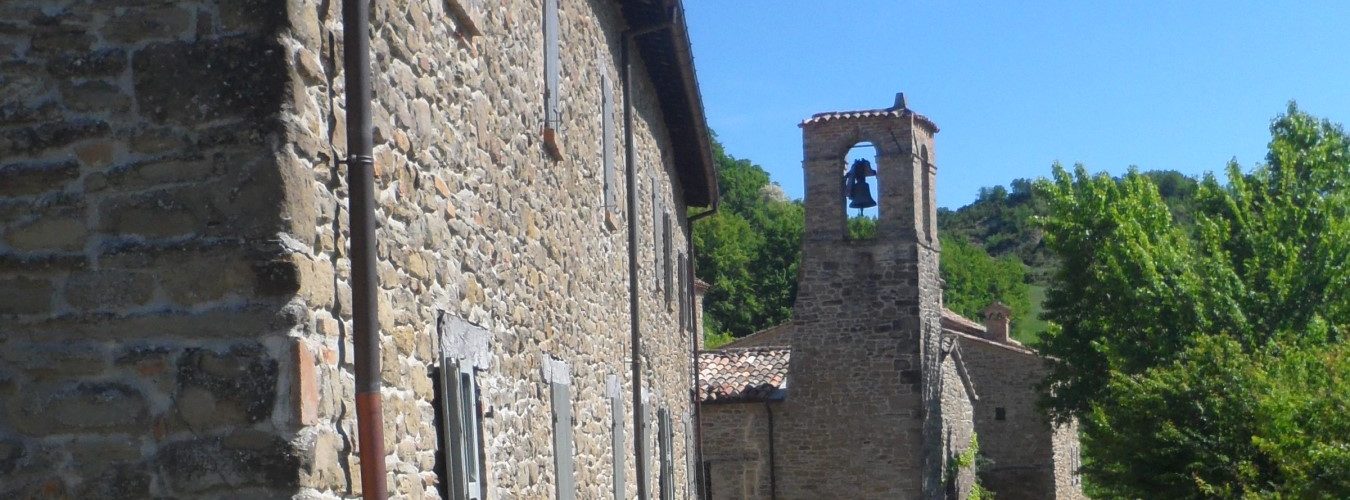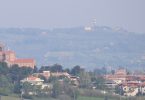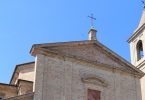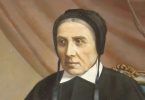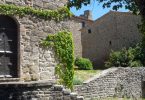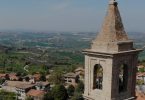from 1807 to 1810
In 1807, at the age of 21, after her years spent as a boarding student in the Monastery of Mondaino, Elisabetta asked to enter the Augustinian nuns of Pietrarubbia, without stopping to say goodbye to her family.
Her preference for the monastery in Pietrarubbia might have been due to a certain laxity in the customs of the monastery in Mondaino, which was one of the richest in the area, so much so, that in the years between 1782 and 1790, the nuns received some reminders from the bishop about the observance of the rules.
The most accepted hypothesis, though, seems to be that the choice of Pietrarubbia was made under the direction of Fr. Vitale Corbucci, who, for many years (1799 to 1842), was her spiritual guide and helped her, especially in the important moments of her life, when she had to discern and heed the will of God.
Perhaps the presence of Sister Rosa Santinelli, a relative of hers (on her mother’s side) in Pietrarubbia, also had a decisive influence in directing her towards this Augustinian monastery (cfr. Positio page 19).
This area had long been well known to the family of Elisabetta’s mother, because from here, her family, the Boni of Urbino, bought grain for their needs.
Here Elisabetta did not have time to make her novitiate or her profession. The book of the nuns’ vestments, which is dated February 2, 1808, does not include either event; however, it does not exclude that she was accepted as a postulant and lived there until the expulsion of the nuns on April 25, 1810. We don’t know the date on which Elisabetta arrived at the monastery, perhaps before the winter of 1807, a few months after her request to enter, or possibly the following spring, since during the winter months those areas were hardly passable.
Mother Elisabetta flourished here in her relationship with the Lord. She immediately felt all the strength of an intense life of consecration to the Lord, as can be seen in the letter she wrote to her father, in which she expresses her determined desire to give herself solely to the glory of God, in the house of God.
There she spent many happy moments in union with the Lord, desiring to fill herself entirely with God, in order to bring Him to those who did not know Him.
It was precisely within these walls that the Lord prepared her for the apostolic mission to which He would call her.
For about two years, Elisabetta had divided her days between prayer and work, and meditated and studied the Holy Scriptures, along with the rules and writings of St. Augustine, in order to learn his spirituality and to become an Augustinian nun.
Blessed Elisabetta made this rule her own, trying to make it her way of life, so much so that we find parts of it in the rules she wrote for the Sisters of Our Lady of Sorrows, as well as in her writings, which are also enriched with the specificity of the charism she received from the Lord, with her natural gifts, and with her experience of life in the reality of the time in which she lived.
In 1810, following the Napoleonic suppression of convents, Elisabetta had to abandon the monastery, along with the other nuns, seeing so many hopes dashed.
